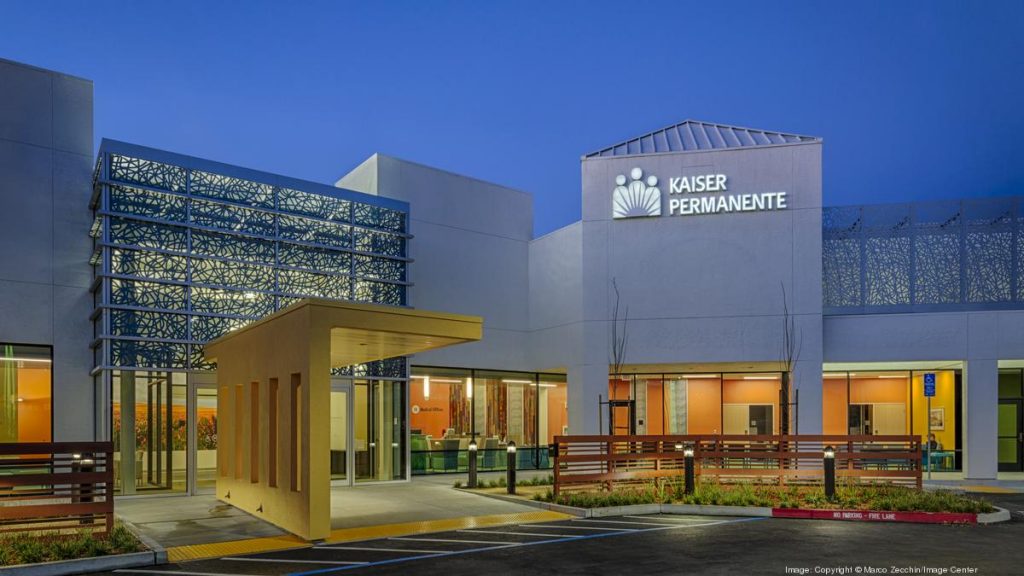America’s largest MOB owner explains what it looks for in a retail location
By John B. Mugford

Kaiser Permanente opened a new 19,000 square foot medical clinic into the former Crossroads Shopping Center in Watsonville, Calif., south of San Jose, in December 2016. (Photo courtesy of Kaiser Permanente)
Plenty of health systems and physician practices these days are setting up shop in retrofitted spaces in retail centers, including large shopping malls.
But how does this get done, what malls make the best locations for such spaces, where should the spaces be located within the malls, and what amenities and infrastructure should the spaces include?
These and other topics concerning locating healthcare clinics in retail centers and shopping malls was part of a discussion during the Health & Wellness Center portion of the International Council of Shopping Centers (ICSC) RECon global convention held May 19-22 at the Las Vegas Convention Center.
The session was focused on the retail strategy being deployed by Oakland, Calif.-based Kaiser Permanente, an integrated system offering health insurance as well as medical services in 39 hospitals and hundreds of outpatient locations in eight states and Washington, D.C.
The session was titled, “A Case Study: Kaiser Permanente,” and included speakers Ethan Sullivan, executive director of national real estate with Kaiser Permanente, and Elizabeth Chaney, an account executive in the Bay Area with Jones Lang LaSalle (NYSE: JLL) who works closely with the provider.
Prior to talking about its retail strategy, Mr. Sullivan pointed out the sheer size of Kaiser Permanente, noting that its portfolio totals 90 million square feet when parking structures are included. He added that it is the largest medical office building (MOB) developer in the country.
And while the system typically prefers to own most of its real estate, it is willing to lease smaller spaces, including spaces in retail malls, especially when it is expanding into new areas to provide conveniently located services for its health insurance members.
“Kaiser members have to stay within the system,” he said, noting that those members need to receive care at Kaiser facilities. “We are actually the original HMO, so we really do need to make sure that the drive times are short for our members.”
Retail locations can help the system attain such goals.
What is Kaiser looking for in retail?
The full content of this article is only available to paid subscribers. If you are an active subscriber, please log in. To subscribe, please click here: SUBSCRIBE





